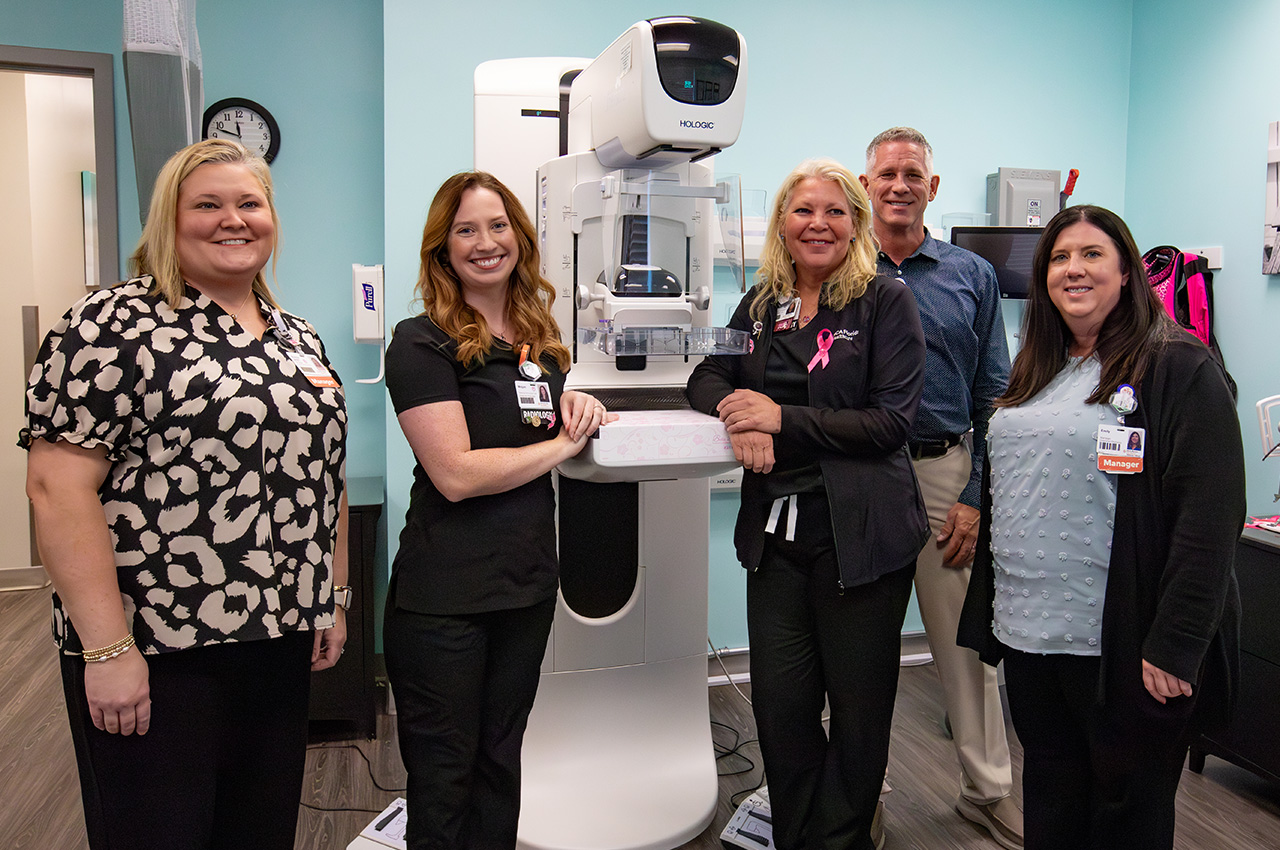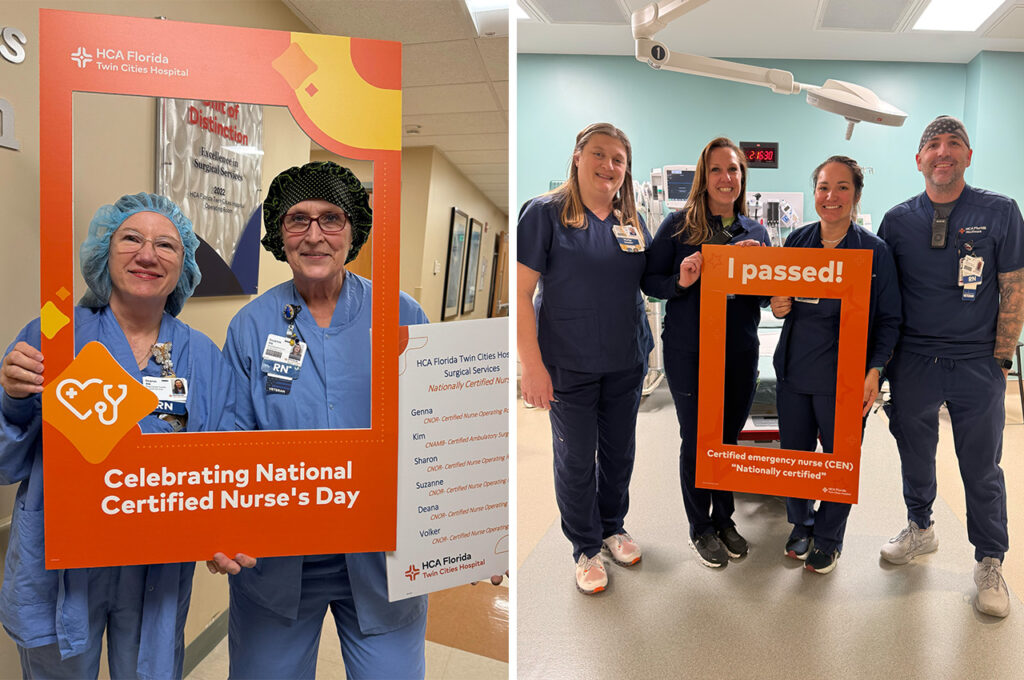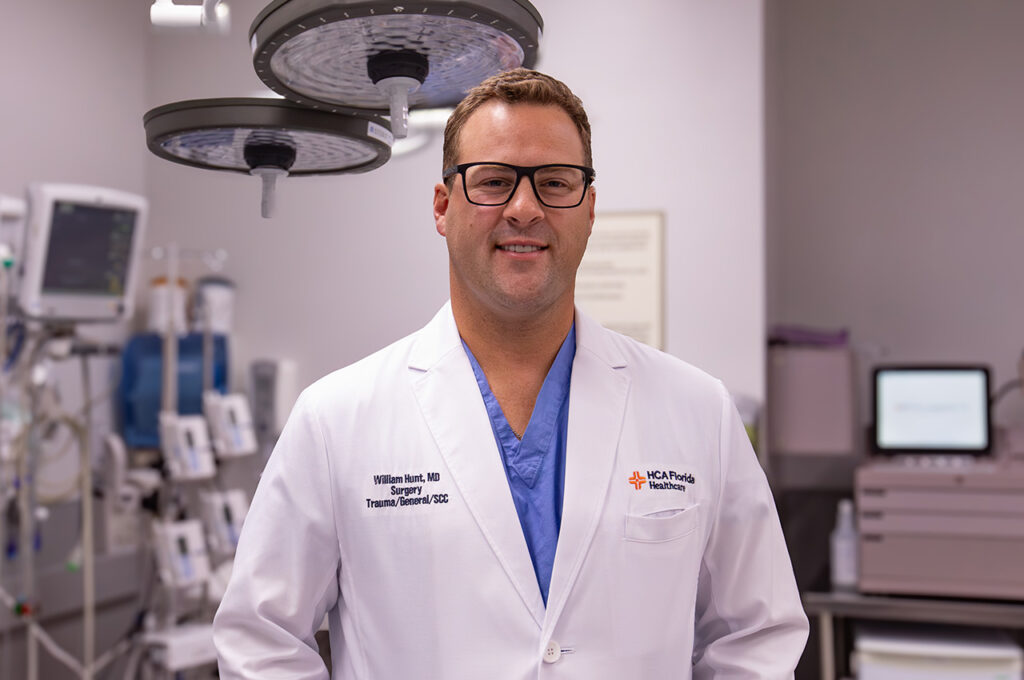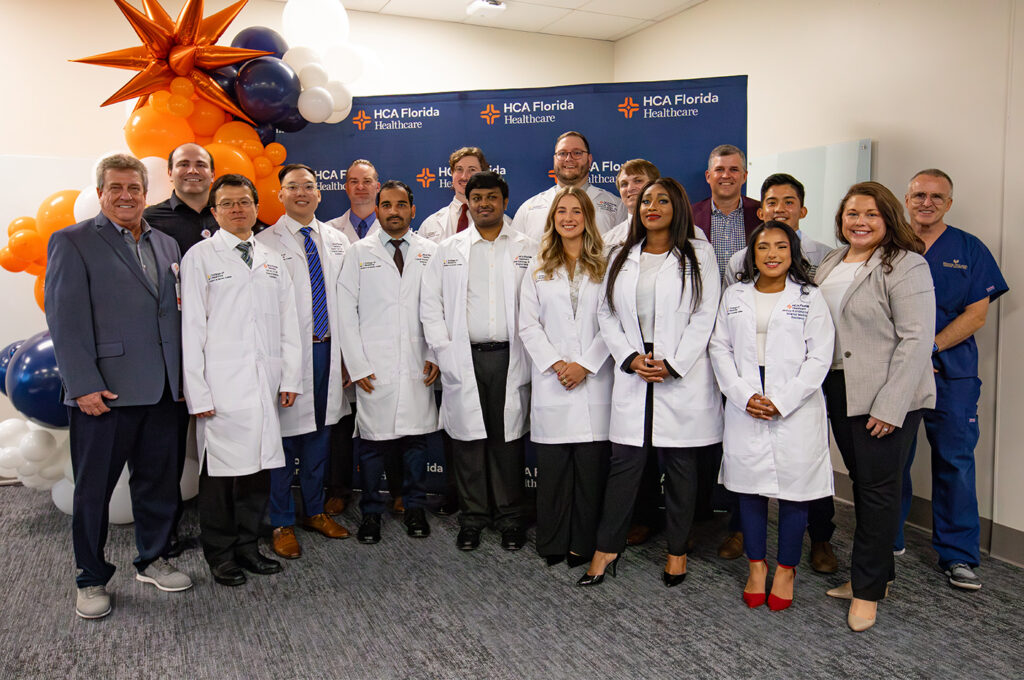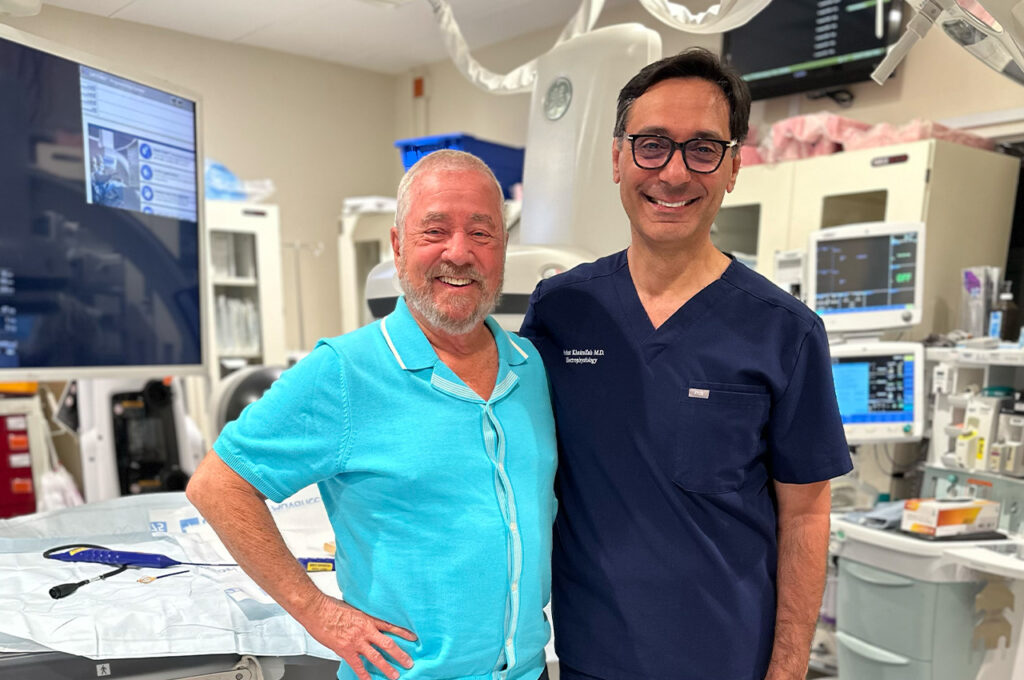As Breast Cancer Awareness Month kicks off, the Breast Center at HCA Florida Fort Walton-Destin Hospital is emphasizing the critical importance of early detection in the fight against breast cancer.
- The center, which saw 5,370 patient visits in 2023 and has already recorded 3,642 visits year-to-date in 2024, offers a range of breast health services designed to catch breast abnormalities at their earliest and most treatable stages.
“Early detection of breast cancer is not just a medical necessity; it’s a lifeline,” said Dr. Bradley Brobeck, Regional Medical Director for the North Florida Division of HCA Florida Healthcare and Site Medical Director at HCA Florida Fort Walton-Destin Hospital. “Our team uses advanced technology, including 3D mammography and stereotactic biopsies, to diagnose breast cancer and other abnormalities at their earliest stages.”
Brobeck noted breast cancer cases are increasing by approximately 2 percent annually, signaling the crucial need for regular checkups and screenings.
The Breast Center offers a comprehensive suite of services, including digital mammography, ultrasound, and MRI. Jeff Amans, Director of Radiology, explained the center also provides interventional procedures such as 3D-guided biopsies and tissue biopsies.
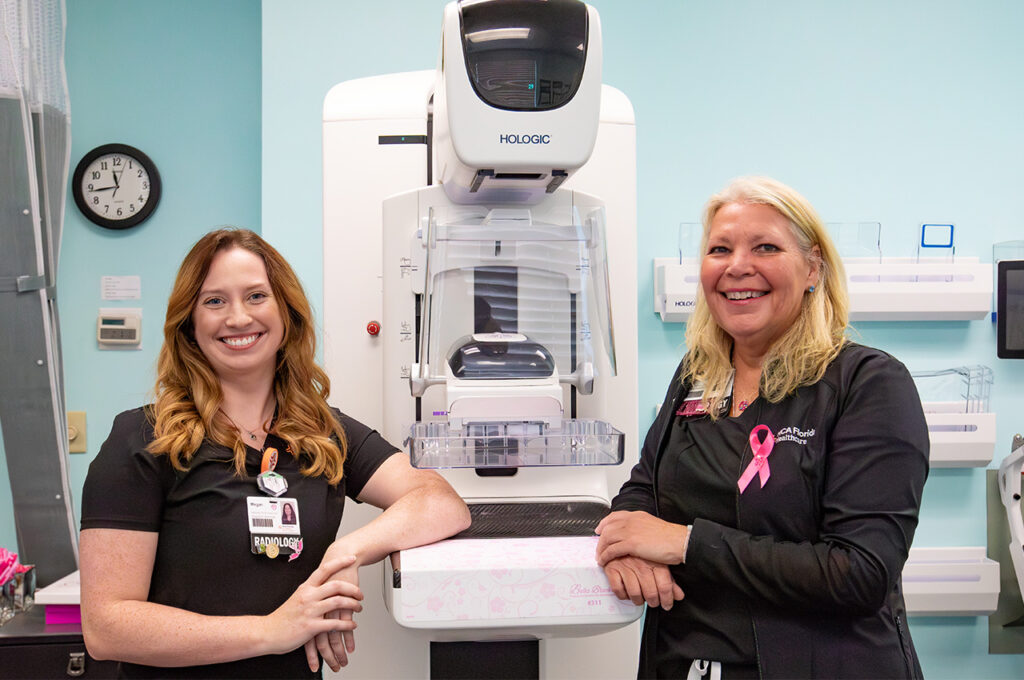
One of the center’s key technological advantages is its use of 3D mammography, also known as tomosynthesis. Bonita D’Jesus, a mammographer at the center, explained the benefits of this technology:
- “With tomography, we’re taking images that are slices of the breast tissue, so we’re seeing where there’s less structures that can hide behind other breast tissue. It’s a much better advancement for being able to see anything that could be hiding.”
Amans further elaborated on the difference between 3D and traditional mammography. While traditional mammography provided only four views — two of each breast — 3D technology takes 15 images that are slices of the breast, allowing radiologists to page through each slice to detect smaller abnormalities that might be hidden behind dense breast tissue.
The center also employs other advanced technologies, including ultrasound, magnetic resonance imaging (MRI), and a computer-aided detection (CAD) system. Megan Harrington, another mammographer at the center, described the CAD system as an AI-powered program that assists in detecting differences from prior mammograms and identifying suspicious areas.
The American Cancer Society recommends women aged 40 to 45 have the option to start annual mammograms, with annual screenings strongly recommended for women 45 to 55. Women 55 and older are advised to have mammograms every 1 to 2 years, assuming they are in good health with a life expectancy of at least 10 years.
- Addressing the challenges of screening women with dense breast tissue, D’Jesus explained that patients are informed of their breast density. For those with heterogeneously dense or extremely dense breast tissue, doctors may recommend additional ultrasound or MRI evaluations.
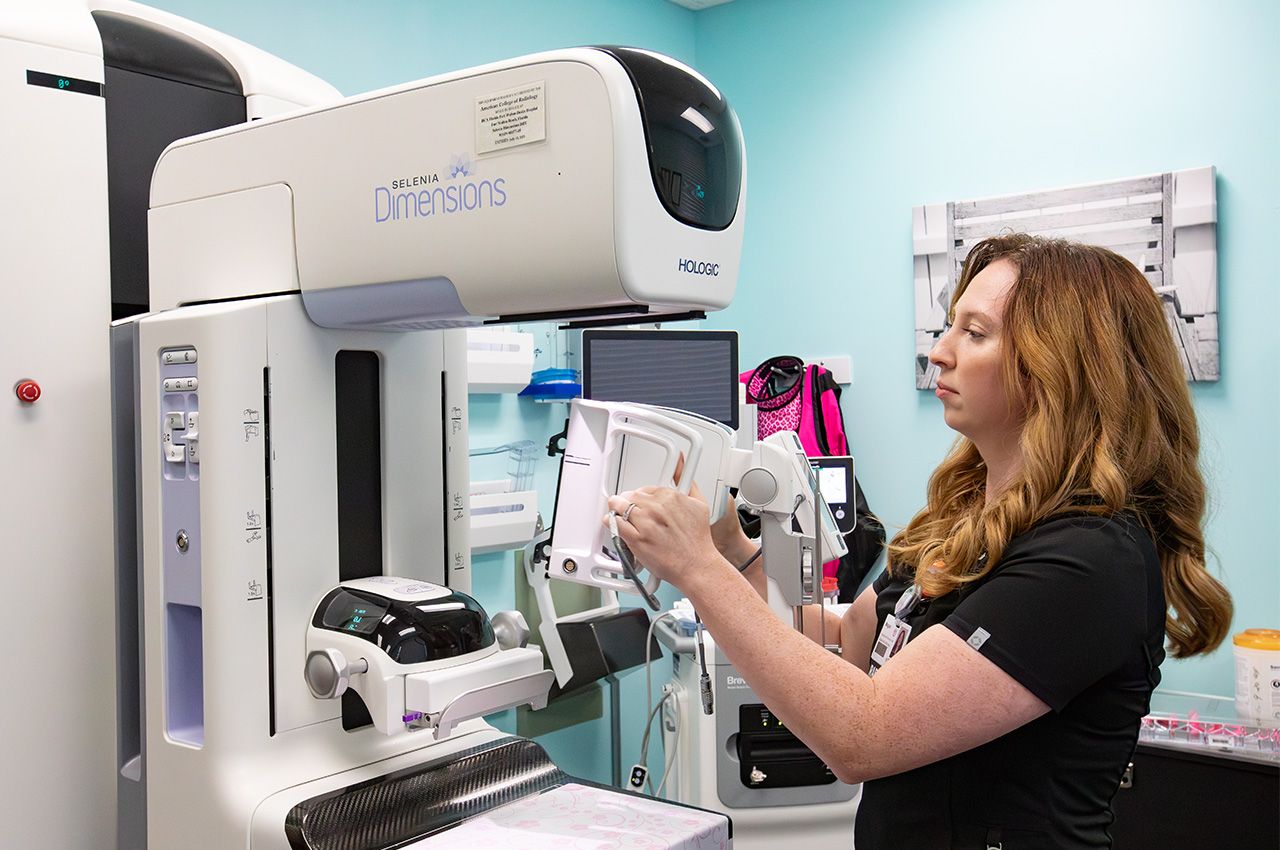
The Breast Center prides itself on minimizing wait times for screenings. Typically, patients can schedule an appointment within a week, and the center even accommodates walk-ins when possible.
Patient comfort and anxiety reduction are top priorities at the center. Harrington emphasized the importance of explaining procedures in detail and listening to patients’ concerns.
- “It’s an uncomfortable procedure and has a big stigma against it,” she said. “A lot of women are scared. But we take them through and show them how the machine works, I’ll even put my hand in there and show them that I have control over compression. It’s not meant to be painful.”
The center has implemented several measures to enhance patient comfort, including curved edges on the equipment plates and the use of “Bella blankets” to prevent skin from sticking to the plates. Emily Little, a manager at the center, noted the facility’s location separate from the main hospital contributes to a more relaxed environment for patients.
When abnormalities are detected, the center has a comprehensive follow-up process. Megan Harrington explained, “Once our radiologists have sent out the report, we review it and everything gets sent to the provider. We send an additional fax with the report and the recommendations to the provider. We also call and follow up with every single patient who is an immediate call back.”
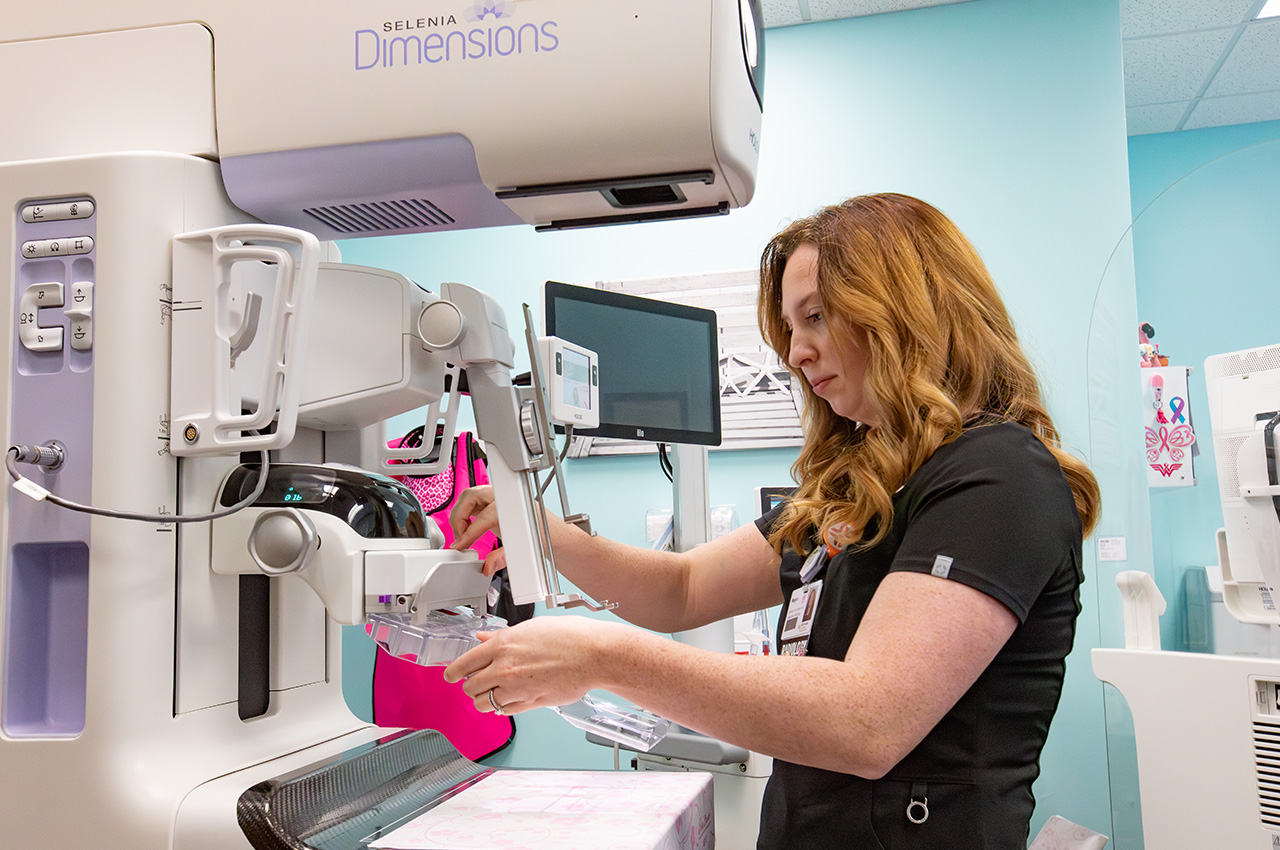
The center offers both stereotactic-guided biopsies, which use the 3D mammography system, and ultrasound-guided biopsies. Amans emphasized not all abnormalities show up on every imaging modality, which is why a mix of technologies is vital for accurate diagnosis.
Emily Little stressed not every callback results in a biopsy. “Sometimes patients get called back and that creates a lot of anxiety. But they may just be getting called back to take a better look at something, and they can clear that once they’ve done the additional imaging,” she said.
The Breast Center has seen various types of breast cancer, including invasive ductal carcinoma, invasive mammary carcinoma, ductal carcinoma in situ (DCIS), invasive lobular carcinoma, and atypical ductal hyperplasia (ADH). Out of 133 biopsies performed year-to-date, 18 resulted in invasive breast cancer diagnoses.
The introduction of 3D mammography has significantly impacted early detection rates in the community. Megan Harrington noted, “3D tomography mammography also has decreased the rate of callback exams. Now, only 10 out of 100 women, approximately, are called back for exams.”
- D’Jesus added 3D mammography can detect abnormalities about three years earlier than when a woman might feel something unusual herself. “We can see it when it’s as small as a grain of sand in some cases when it’s micro-calcification,” she said.
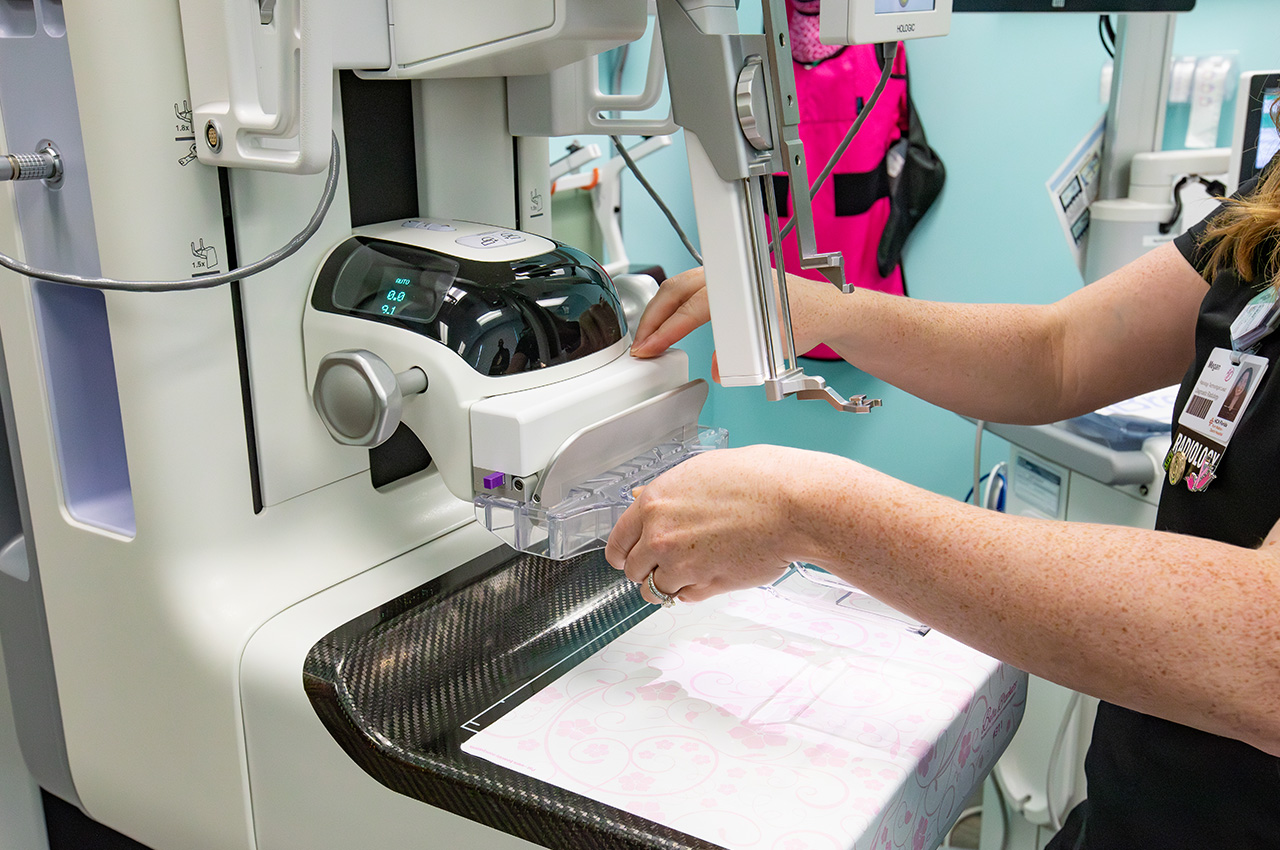
Early detection is important for improving treatment options and survival rates. Harrington explained, “When detected early, it’s 99 percent over a five-year term. Early detection is key.”
The center is also working to address accessibility issues, particularly for women who may lack insurance coverage. Harrington says the National Breast Cancer Foundation has a program in place for uninsured and underserved women in the area, providing access to mammograms. The Florida State Department of Health also offers resources for those needing assistance.
- For patients with language barriers, the center uses a cultural link app that provides audio and visual translation services for a wide variety of languages.
While no new mammography technologies are on the immediate horizon, the center continually updates its software and monitors to ensure the highest quality imaging. Jeff Amans noted full-service contracts on all equipment entitle the center to the latest software and monitor updates.
As part of Breast Cancer Awareness Month, HCA Florida Fort Walton-Destin Hospital is participating in various initiatives. The hospital is a title sponsor for the Making Strides Against Breast Cancer walk, contributing $5,000. The event is scheduled for October 12 at 8 a.m. at the Northwest Florida State College Mattie Kelly Amphitheater, with a goal of raising $75,000.
- The hospital is also organizing internal fundraising efforts, including a “pink day” and encouraging staff donations through a program where HCA Healthcare matches contributions.
Bonnie Smith, manager at the Breast Center, emphasized the impact of Breast Cancer Awareness Month on raising awareness and encouraging screenings. “Breast cancer is everywhere. People associate October with Breast Cancer Awareness Month, and that’s exactly what we want them to do,” she said.
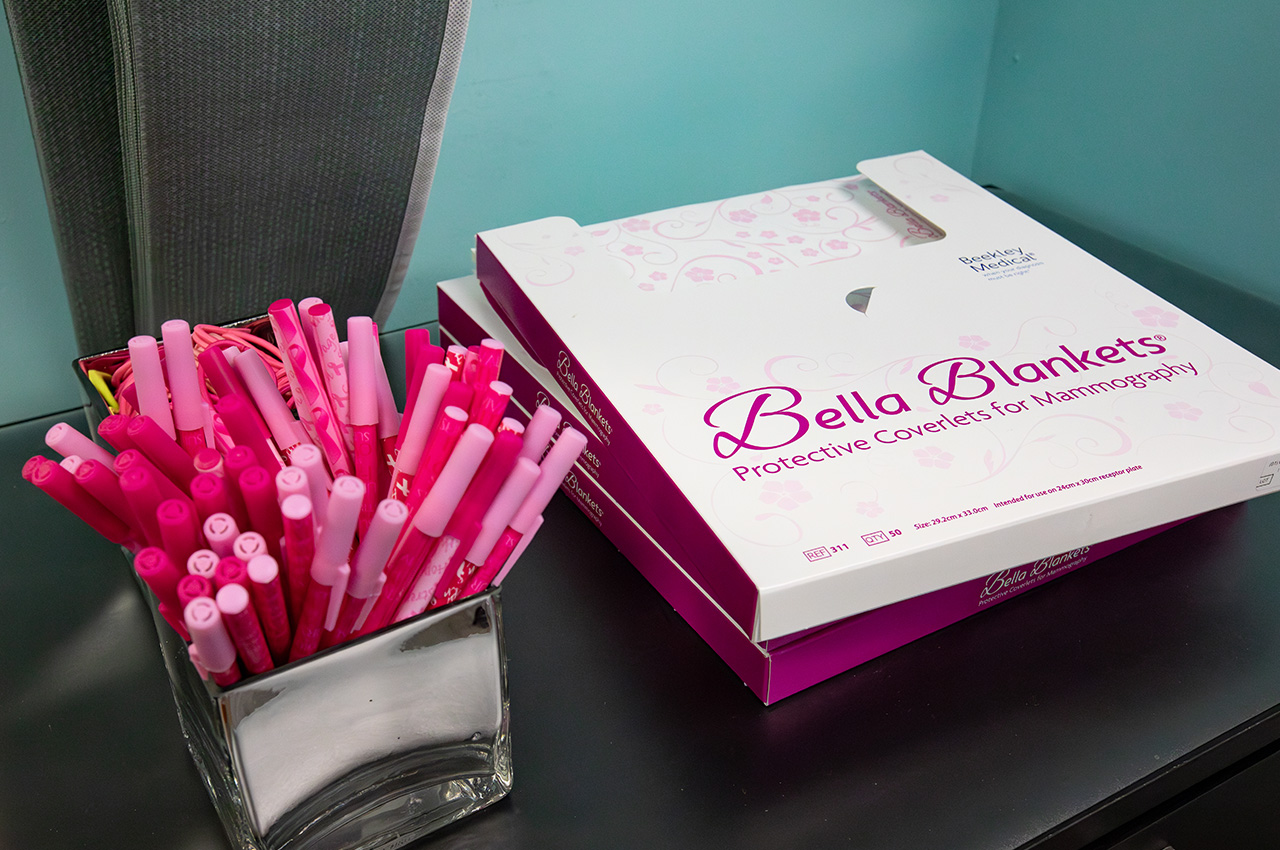
The center’s staff stressed the importance of regular mammograms, addressing common concerns about radiation exposure. D’Jesus explained, “The amount of radiation with this is about equivalent to what you get in background radiation from the environment for 30 days. It’s very minimal.”
- Amans added context to the radiation concern, noting, “If you’re outside in the sun that much, you’re getting radiation. This is controlled radiation. Outside background radiation is uncontrolled.”
The center also wants to reassure women with breast implants that they can and should get mammograms. Harrington noted, “About 30 percent of our patients we take care of have breast implants of different types…. We still always do the mammogram. It’s just a different process.”
As Breast Cancer Awareness Month continues, the Breast Center at HCA Florida Fort Walton-Destin Hospital is committed to providing comprehensive, compassionate care and raising awareness about the importance of early detection in the fight against breast cancer.
“It’s the simplest thing that you can do for your health,” D’Jesus concluded. “It’s simple, takes a small amount of time, and it can be life-changing. It could make the difference between a few years and living to be 100.”

